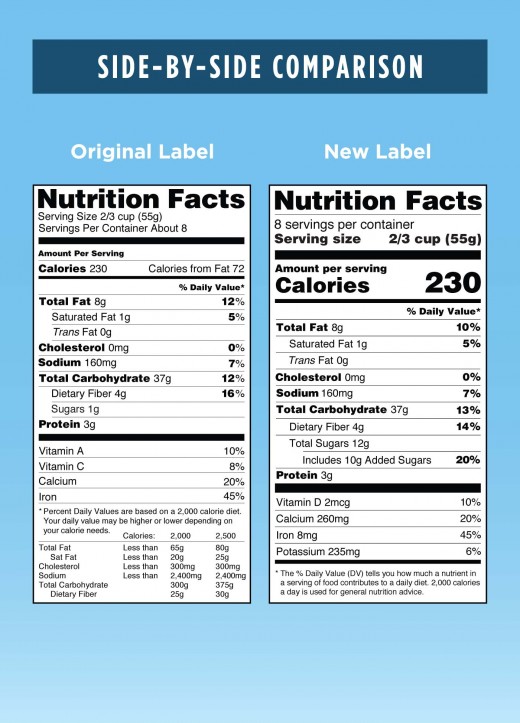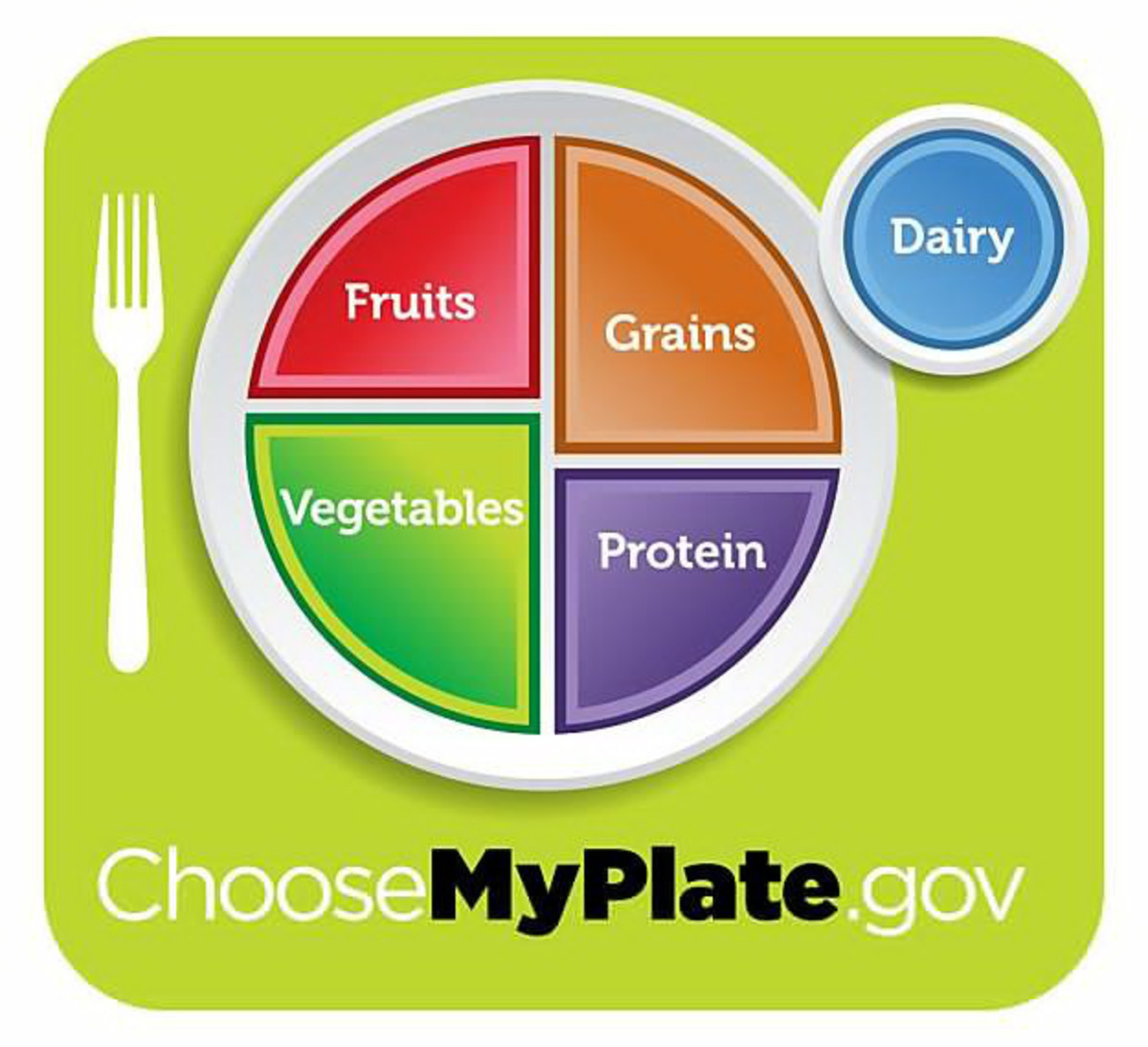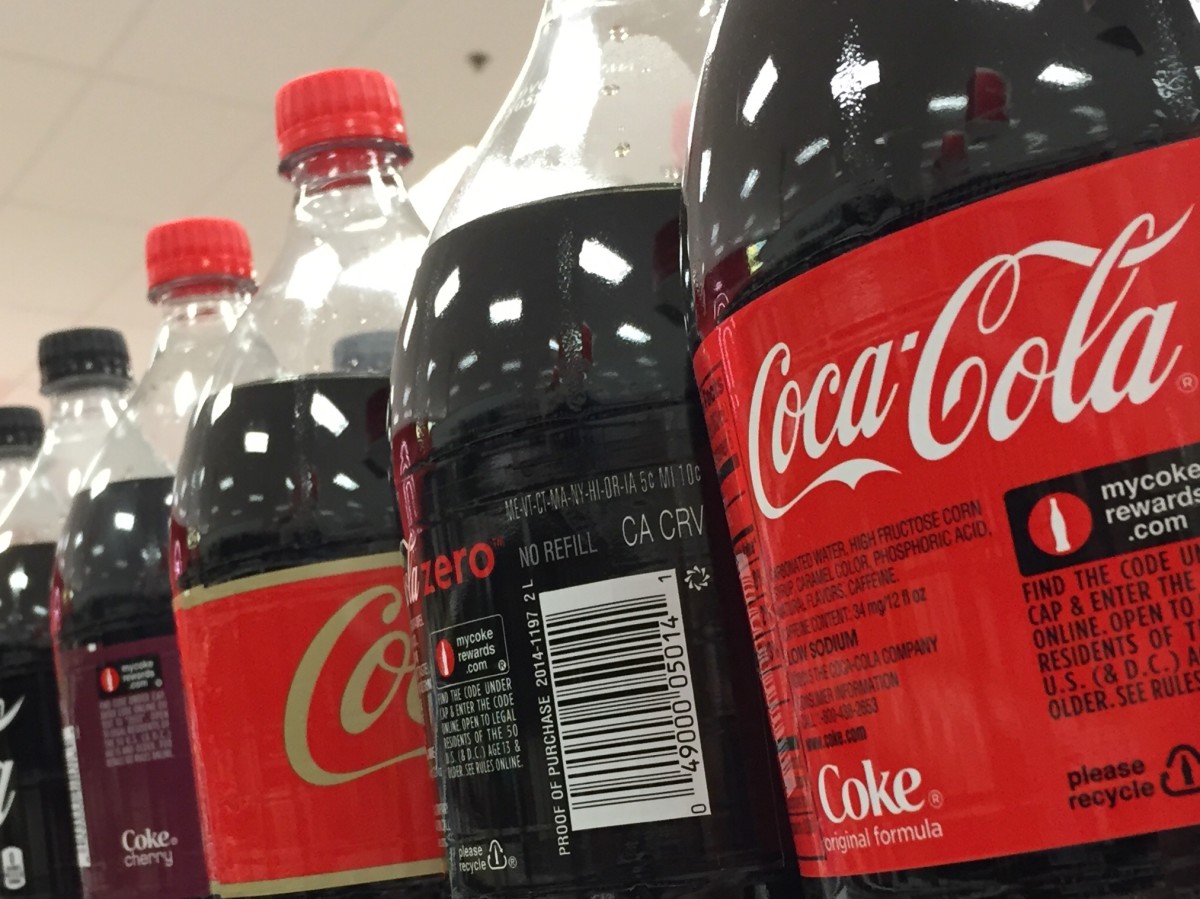Changes to the Nutrition Facts Label

On May 20th, the Food and Drug Administration FDA today finalized a new Nutrition Facts label for packaged foods to reflect new scientific information, including the link between diet and chronic diseases such as obesity and heart disease. The look and feel of the new label id similar to the existing one, but with a few modifications that will make it easier for consumers to make better informed food choices. Several areas, namely calories, will be printed with a larger and bold print. Food manufacturers will now be required to declare the actual amount, in addition to percent Daily Value of Vitamin D, Calcium, Iron and Potassium. Finally, the nutritional statement printed on the bottom portion of the label will be changed to increase clarity and consumer understanding.

The current label has been in place for over 20 years and there have been numerous changes across multiple metrics involving food and dietary needs, therefore the change is being implemented. The compliance date for food producers to have all of their products labelled with the new template is July 26th, 2018. There is a special provision which gives additional time to smaller producers.

Calling Out Added Sugar
One of the major changes in addition to including the vitamins and minerals already mentioned is a line that calls out added sugars. This is a central point of the panel and is directly connected to the research of expert groups across the entire health care spectrum recommending the reduction of added sugars for improved health. A key findings used to support this change is the fact that it is difficult to meet nutrient needs, while staying within calorie requirements, if more than 10 percent of your total daily calorie intake is from added sugar. Currently Americans get 13% of their calories from added sugars, with most coming from soda pop and other sugary drinks and snack foods. Sugar is part of a healthy diet when consumed in moderation and many people may be trying to reduce their sugar intake; this labelling is designed to help them more readily see the sugar amount of their choices.
Fats
A second area being modified is how fat is listed. Total Fat, Saturated Fat, and Trans Fat will still be required on the label, yet Calories from Fat will be removed. Although the FDA issued a preliminary determination in 2013 which stated that partially hydrogenated oils (trans-fats) are “generally recognized as not safe,” and set up a three year time limit for their removal, amounts will still be shown on the new panel as some occur naturally. The reason for the deletion of Calories from Fat was tied to research which shows the type of fat is more important than the amount. Also, Recommended Daily Amounts for sodium, dietary fiber and vitamin D are being updated based on newer scientific evidence. Vitamin A and Vitamin C declarations will no longer be mandatory.

Serving Sizes More Realistic
The most significant change is the serving size declaration. In the past, the label was shown as what people should be eating, now it’s by the amounts that people are actually eating. An example of this would be to look at a 16oz bottle of refrigerated chocolate milk, clearly a single consumption package, but labelled as 2 servings. This was seen as misleading and is being corrected. Also what the average serving size of everything from soda pop to French fries have been evaluated and adjusted; this is key to helping people manage their weight better. Food producers are being given the option of a dual column label which can be used on products like the chocolate milk example – one column would show a multiple consumption use and the other a full package consumption use.
Summary
People look at food labels more different reasons based on their particular dietary needs. The FDA has always tried to require the things which most people deem as important combined with what things are important for good health. Serving sizes, calories, vital nutrients, fats both healthy and unhealthy, and how these all fit into the overall diet are included. As more research evolves, the panel will continue to evolve for the better.








